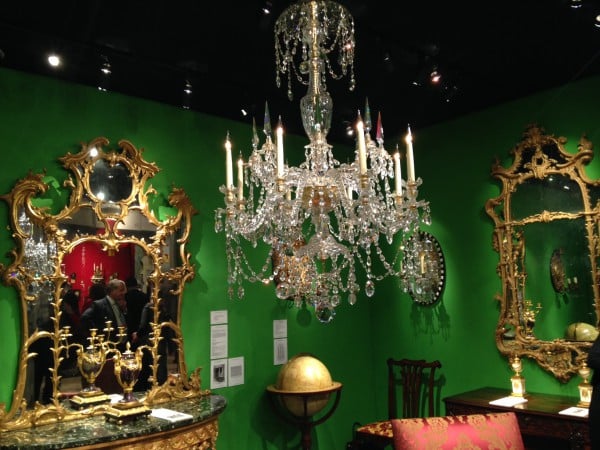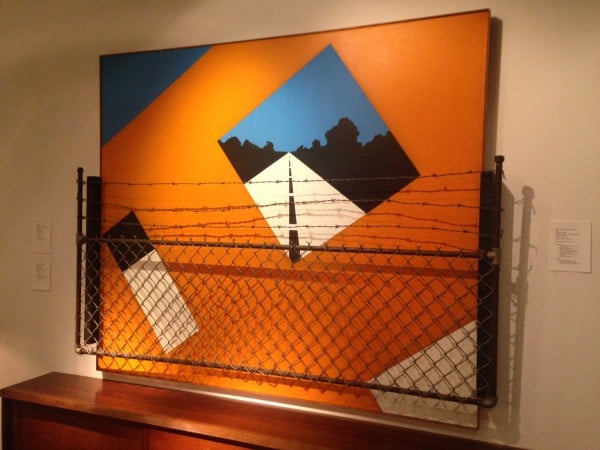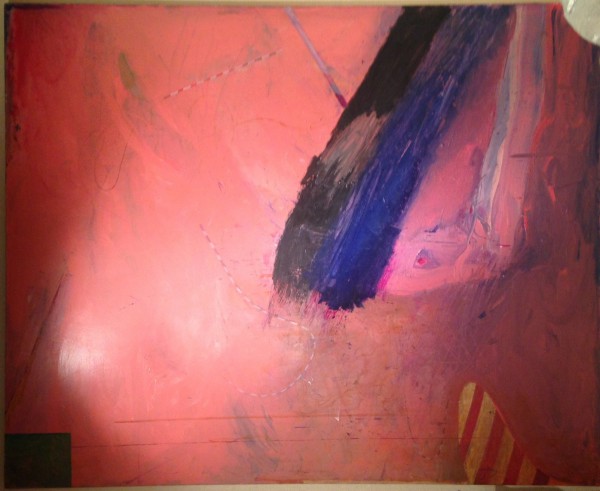Art Fairs
The Winter Antiques Show Surprises With a Range of Offerings
A handful of 20th century dealers spice things up.

A handful of 20th century dealers spice things up.

Cait Munro


Ronald Phillips, London booth.
Photo: Cait Munro
The Winter Antiques Show (“WAS”) at the Park Avenue Armory kicked off last night with a swanky reception for VIP collectors, which included Martha Stewart, Michael Bloomberg, Emily Rafferty, Peter Brant, and Wilbur Ross.
The most prestigious of the multiple antique shows held in New York this week, the WAS attracts a certain crowd whose overheard conversations might include the following statements, “I had to apply early decision to pre-school for my two-year-old” and “$75,000 is the lowest for a table, so I just bought one for ten.”
It’s certainly not the place to look for bargains or oddities, but once you get past all the glitz, there’s a lot to see. Like an upscale flea market, the fair’s offerings range from Persian rugs and Italian glass to fashion photography from the 1950s and paintings from every century. You’ll also see jewelry designed by the likes of Niki de Saint Phalle and Salvador Dalí.

Niki de Saint Phalle, various jewelry, 1970s. Didier Ltd, London.
There’s plenty of art to be found, and not all of it is “antique,” in the strict sense of the word (meaning over 100 years old). But it’s still a departure from an art fair in several key ways. Buyers at the WAS care deeply about provenance, and while some trendy art fairs have done away with things like wall labels altogether, here they’re usually about three paragraphs long.

Allan D’Arcangelo, Guard Rail (1964). Geoffrey Diner Gallery.
Photo: Cait Munro
It’s only in recent years that the show has welcomed dealers with work from the 20th century. “It’s such a traditional show, but just a few years ago they decided to let in a few 20th century design dealers,” said Jim Oliveira of Glass Past, which specializes in Italian glass from 1870–1970. “They’re thinking about the future. They understand that these worlds are intimately related now and the old paradigm of just an antique show doesn’t really work anymore. So they’re just looking for the best design in all the fields, and kind of curating the show from there.”
It’s refreshing for the dealers to hold court with a more serious crowd, and for buyers to be able to access modern pieces in different kind of fair landscape. “We love to be here because we’re very period-specific, and we love to dig into the provenance, and we know all the designers and companies,” Oliveira continued. “At the contemporary shows it’s all about the aesthetic, but the Winter Show has this incredible wicked seriousness about the objects which is really exciting.”

Nathan Oliveira, Untitled (1978). Foster-Gwin Art and Antiques.
Photo: Cait Munro
You’ll find no art flippers or knee-jerk, champagne-fueled purchases of trophy names for the sake of trophy names.
S. Collier Gwin, a dealer of antiques as well as ’50s Bay Area art admits that at art fairs, people often “buy art because it has to have a name.” The large, abstract canvasses that fill his booth, in contrast, come from artists like Hassel Smith and Nathan Oliveira, who were predecessors and contemporaries to better-known artists like Hans Hofmann and Mark Rothko.
“These names are interesting if you look into them. I have stories about who these people are, because they’re very interesting and they did show in big museums alongside all these other guys,” he says. “But if you just want to say Picasso or some other name…well, a bad example of a well-known artist sells very easily these days.”